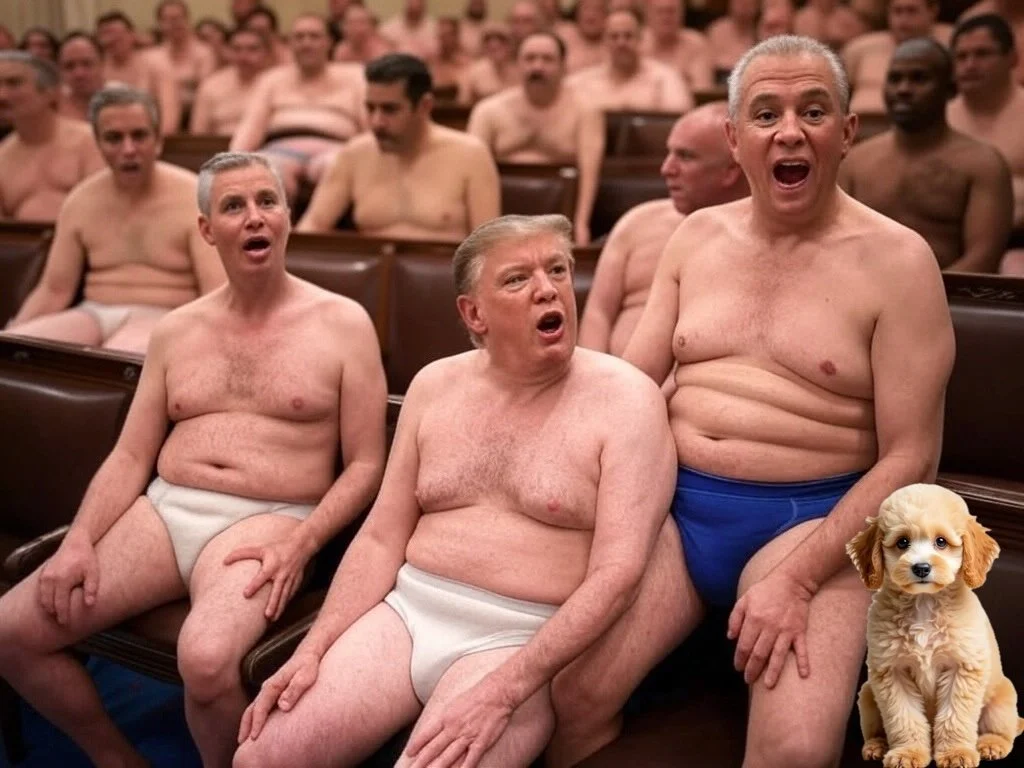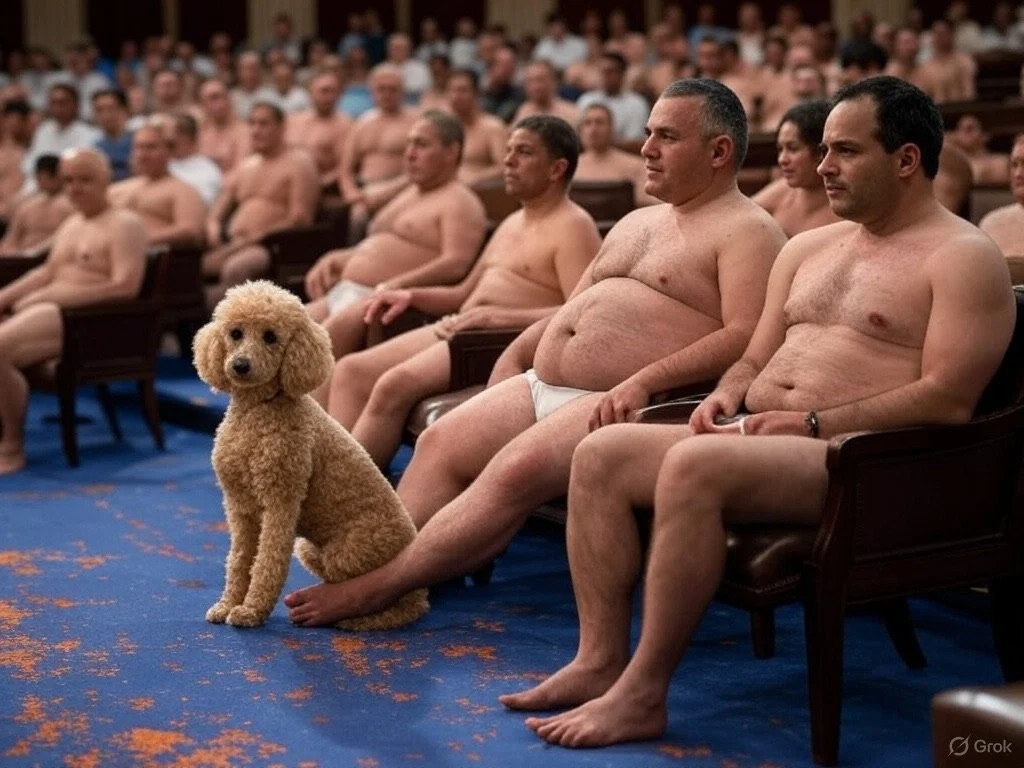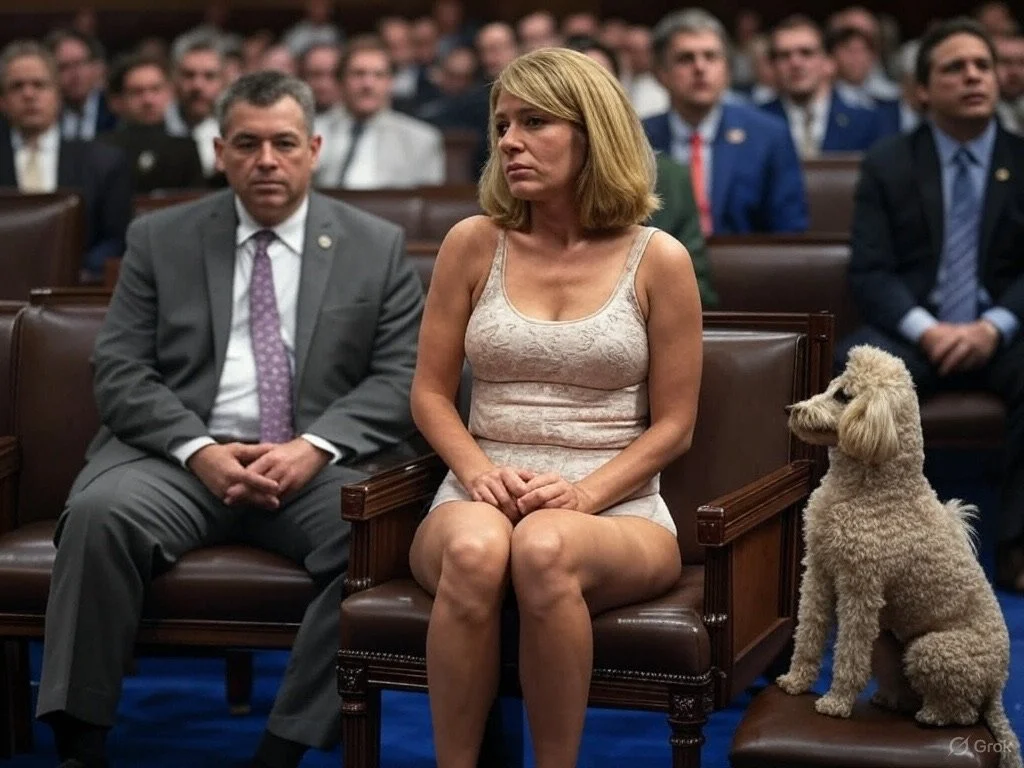FLOSSI & THE STATE OF DISUNION
President George Washington delivered the first State of the Union address on January 8, 1790, in New York City, then the capital of the United States.
Key Facts About the First State of the Union Address:
Location: Federal Hall in New York City.
Audience: The First Congress of the United States.
Length: 1,089 words—one of the shortest in history.
Main Topics:
The strength and unity of the young nation.
The need to establish a national defense.
The importance of promoting science, industry, and agriculture.
Encouraging citizen participation in government.
Unlike today, Washington delivered the address in person, but later presidents (starting with Thomas Jefferson in 1801) sent it as a written report to Congress. The tradition of delivering it as a speech in person was revived by Woodrow Wilson in 1913 and continues today.
Woodrow Wilson gave his first State of the Union Address on December 2, 1913. This was significant because he was the first president since John Adams (1800) to deliver the address in person, reviving the tradition of an oral speech rather than a written report.
Main Subjects of Wilson's 1913 State of the Union Address:
Restoring Trust in Government
Wilson emphasized the need for honesty, transparency, and ethical governance.
Tariff Reform
He pushed for lower tariffs to encourage competition and reduce monopolies.
Banking and Currency Reform
Wilson advocated for creating a national banking system, leading to the Federal Reserve Act (1913).
Antitrust Legislation
He called for stronger laws to break up monopolies and prevent unfair business practices.
Economic Justice and Fairness
Wilson stressed the importance of helping workers and small businesses.
There have been several instances where a State of the Union Address has been interrupted, either by protests, heckling, or other disruptions.
Joe Wilson Heckles Obama (2009)
During President Barack Obama's 2009 address to Congress, Representative Joe Wilson (R-SC) shouted “You lie!” when Obama stated that his healthcare plan would not cover undocumented immigrants.
The moment caused immediate outrage, with Wilson later apologizing.
2. Applause & Protests (Various Years)
While interruptions are rare, applause lines and boisterous reactions are standard.
At times, members of Congress have refused to stand for applause, especially during divisive moments.
Protesters in the gallery have also been removed for shouting during some speeches.
3. Security-Related Interruptions
In 1982, a man disrupted Ronald Reagan’s speech by shouting from the House gallery.
Security quickly escorted him out, and Reagan joked about it and continued.
4. Jan. 6 Aftermath (2022)
During President Joe Biden’s 2022 address, some Republican lawmakers shouted criticisms during his speech, though it did not completely derail the event.





